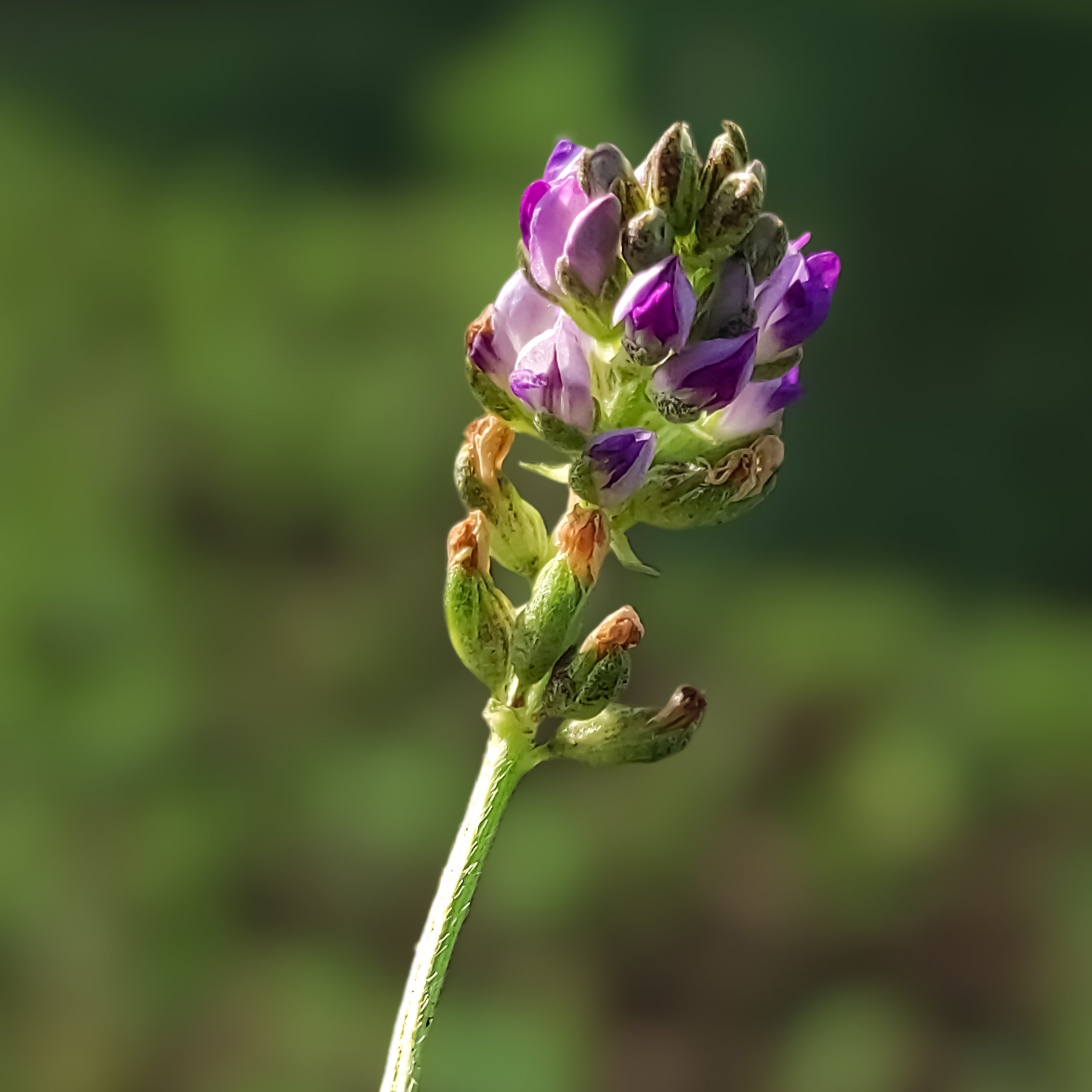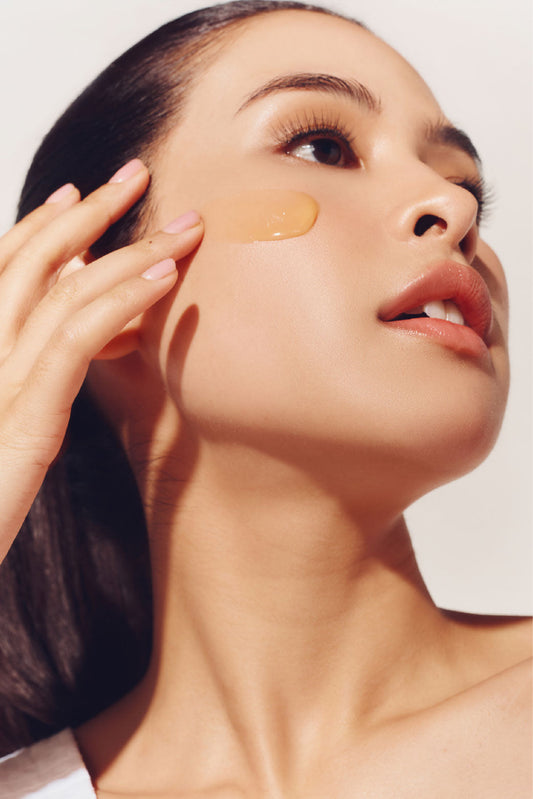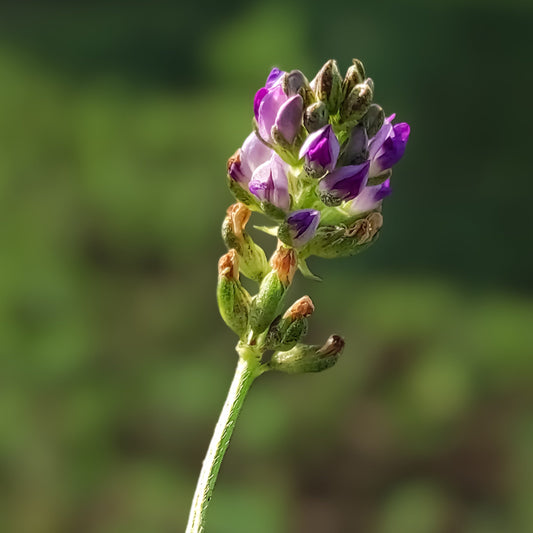Bakuchiol has been praised as a gentle, plant-based alternative to retinol, and for many people, it lives up to that promise. It helps improve skin texture, boost collagen, and target signs of aging, all without the dryness and peeling often associated with traditional retinoids.
So… What Exactly Is Bakuchiol?
Bakuchiol is a plant-derived compound extracted from the seeds of Psoralea corylifolia, a botanical long used in traditional medicine. In modern skincare, it’s celebrated for delivering many of the benefits of retinol. Clinical studies have shown that bakuchiol performs comparably to retinol in reducing photoaging signs like wrinkles and hyperpigmentation but with significantly fewer side effects like dryness or irritation (Dhaliwal et al., 2018).
Unlike retinol, bakuchiol doesn’t increase sun sensitivity, which makes it safe for daytime use. This is one of the reasons why bakuchiol is so popular among those looking for a gentler alternative (Prana Beauty, n.d.).
As with any actives, how you use and layer bakuchiol matters. If you're using it alongside strong exfoliants like AHAs or BHAs, it’s best to alternate days. Keeping your skin barrier supported with gentle cleansers and adequate hydration can also help reduce the risk of over-exfoliation (Prana Beauty, n.d.).
Can You Be Allergic to Bakuchiol?
Yes, it’s rare — but possible. As with any botanical extract, individual sensitivities can happen. Reactions might include:
- Redness or swelling
- Itching or burning sensation
- Tiny bumps or hives
- Sensitivity around the eyes or cheeks
According to dermatological reviews, these reactions may stem from natural terpenes and compounds found in Psoralea corylifolia, which, while beneficial for most, can trigger contact dermatitis in sensitive individuals (ChenLang Bio, n.d.).
These reactions are usually mild and temporary but they’re still a sign your skin needs a break or that the formula isn’t the best fit for you.
What We've Learned and What We're Doing Better
In our Papua Red Fruit Plumping Cream, we incorporated bakuchiol for its skin-renewing properties and peptides for their hydrating and firming benefits. While most customers tolerate it well, a small number, particularly those new to actives, have shared concerns about irritation.
We take every report seriously. That’s why we’re:
- Reviewing how we educate users on introducing active ingredients in their skincare routines
- Recommending patch tests more clearly on product pages and social media platforms
- Gathering feedback from those who’ve experienced reactions, so we can learn and improve
This isn’t just about product performance. It’s about protecting your trust.
What To Do If You React to a New Product
If you ever experience redness, irritation, or swelling:
- Stop using the product immediately
- Gently rinse with lukewarm water and avoid active ingredients
- Apply a calming moisturizer or cold compress
- Reach out to our team & we’re here to help
To help your skin adjust safely, we always recommend patch testing, especially when trying new actives like bakuchiol, retinoids, or peptides. Apply a small amount behind the ear or on your inner arm and wait 24–48 hours before full use.
Every Skin Is Different & That’s Okay
Natural doesn’t always mean irritation-free. Even the gentlest botanicals can cause unexpected reactions. That’s why we design all our products with transparency, patch-test recommendations, and ingredient traceability so that you can make informed choices about what works for your skin.
If you’ve had a reaction to one of our products — we hear you, and we’re deeply sorry. Your feedback matters and helps us grow.
Let’s keep the conversation open with care, clarity, and deep respect for the uniqueness of your skin, and the islands that continue to inspire every ingredient we use.





